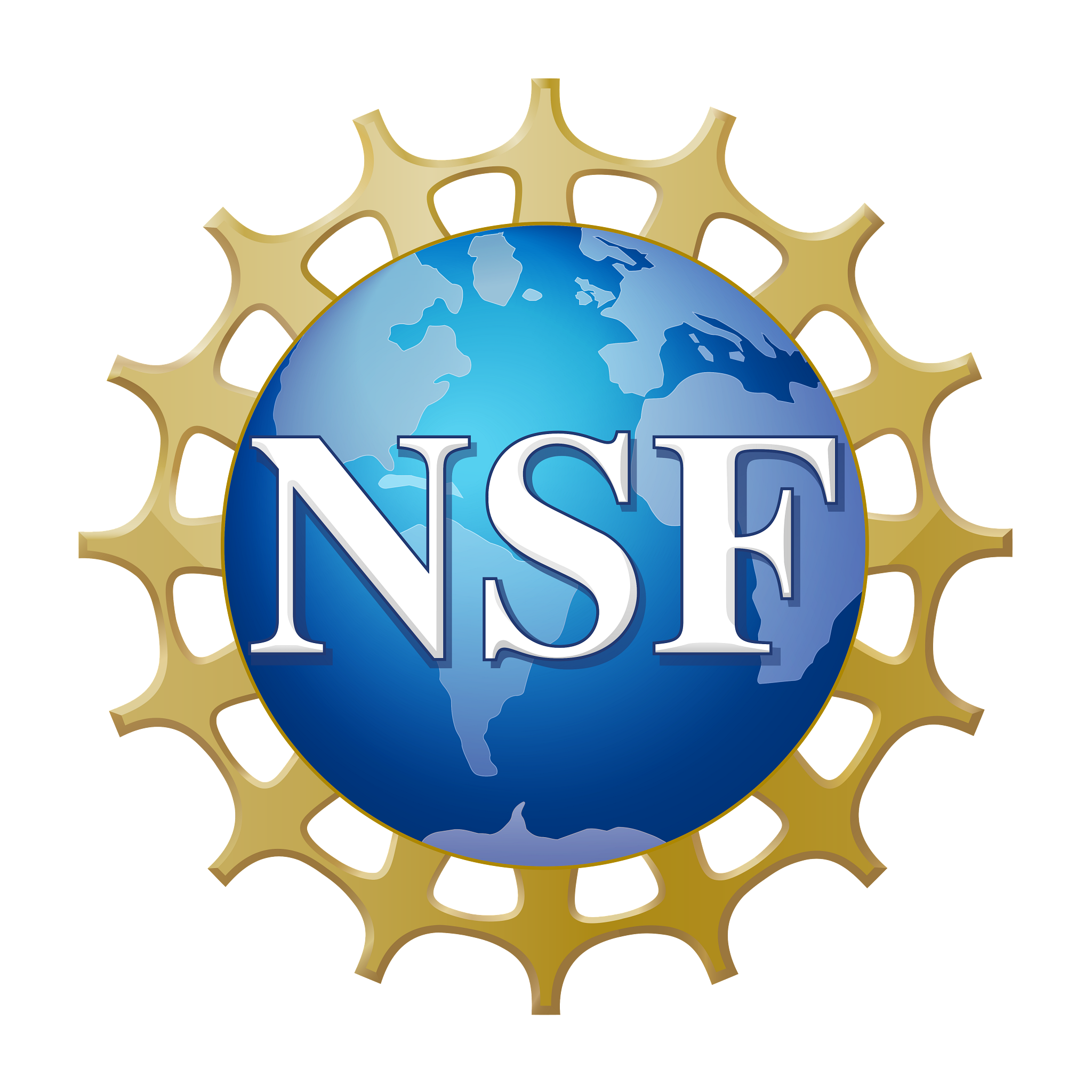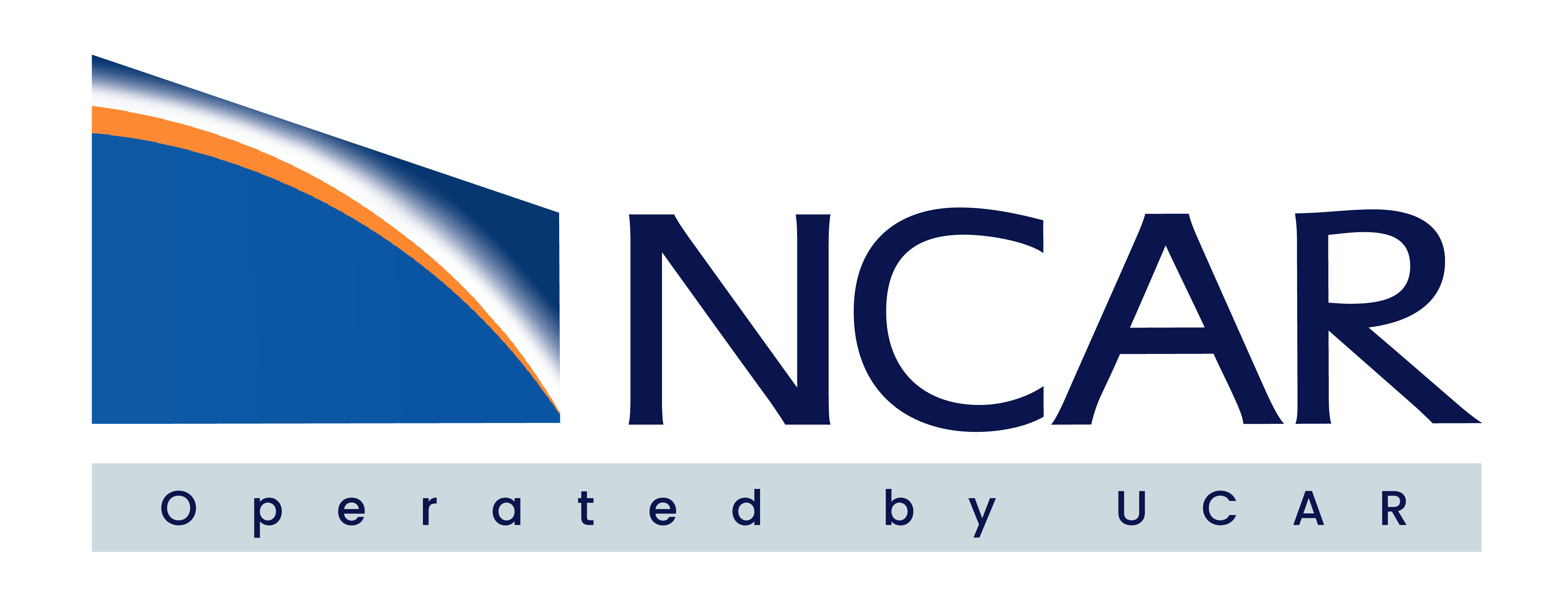-
The Nineteen Seventies
With a new central laboratory in place, NCAR and UCAR progressed from their exuberant youth into an eventful adolescence in the 1970s.
-
Atmosphere in a box: NCAR's first GCM
Computer models of global climate became indispensable tools in the last decades of the 20th century as society began to grapple with the impact of human-produced greenhouse gases.
-
Putting weather modification to the test
The field known as weather modification grew wildly through the 1950s and 1960s, as aircraft funded by U.S. states and many countries began “seeding” clouds in hopes of stimulating rain and suppressing hail.
-
Borne on a balloon
Years before it housed aircraft or supercomputers, NCAR was sending balloons into the stratosphere. Bolstered by new space-age technology, this simple but powerful observing strategy gathered critical data from hard-to-reach places.
-
The Cray-1: Not your ordinary supercomputer
NCAR’s Mesa Laboratory saw thousands of comings and goings in its first few years, but only one arrival needed a new room to accommodate it.

